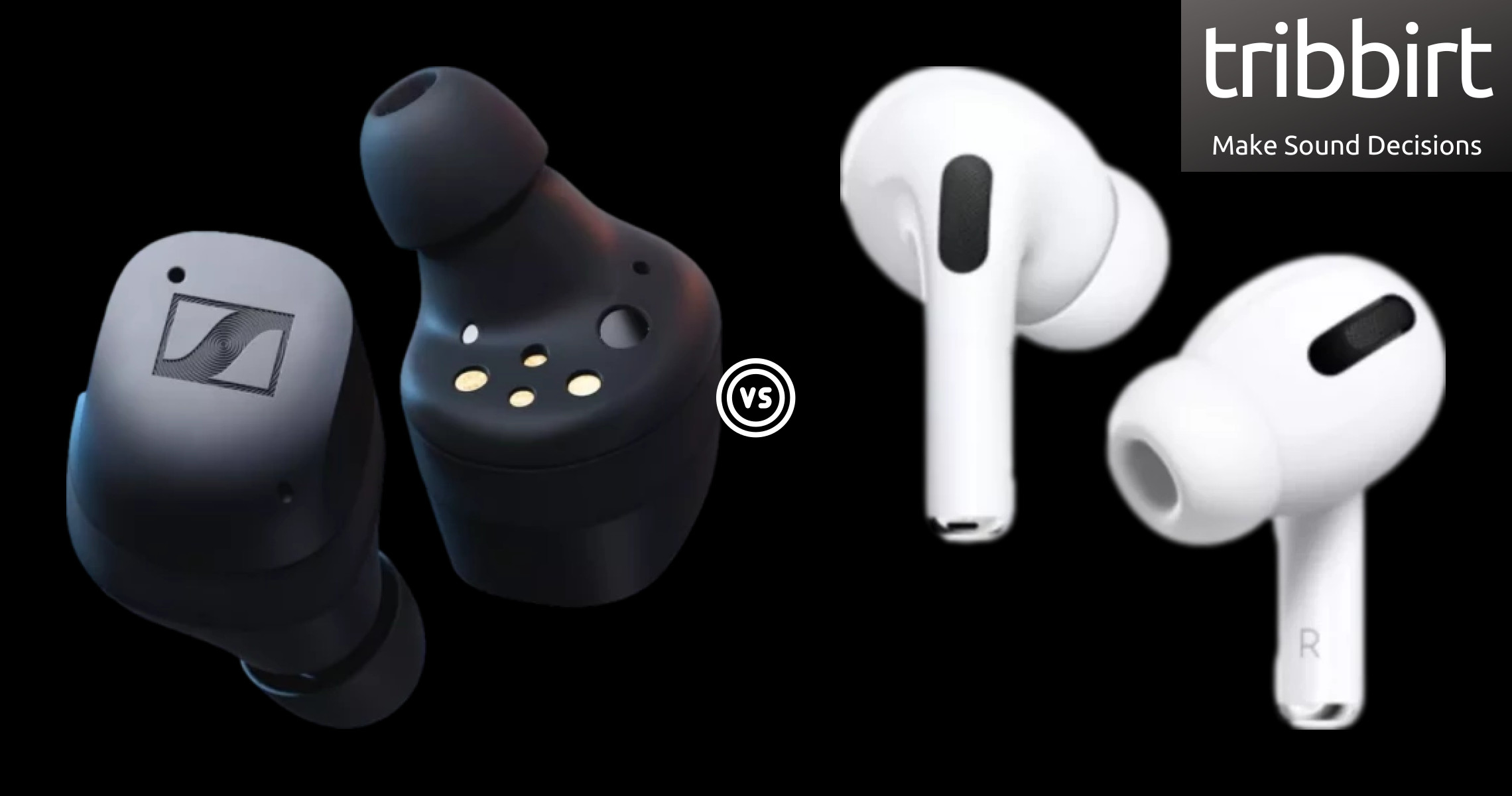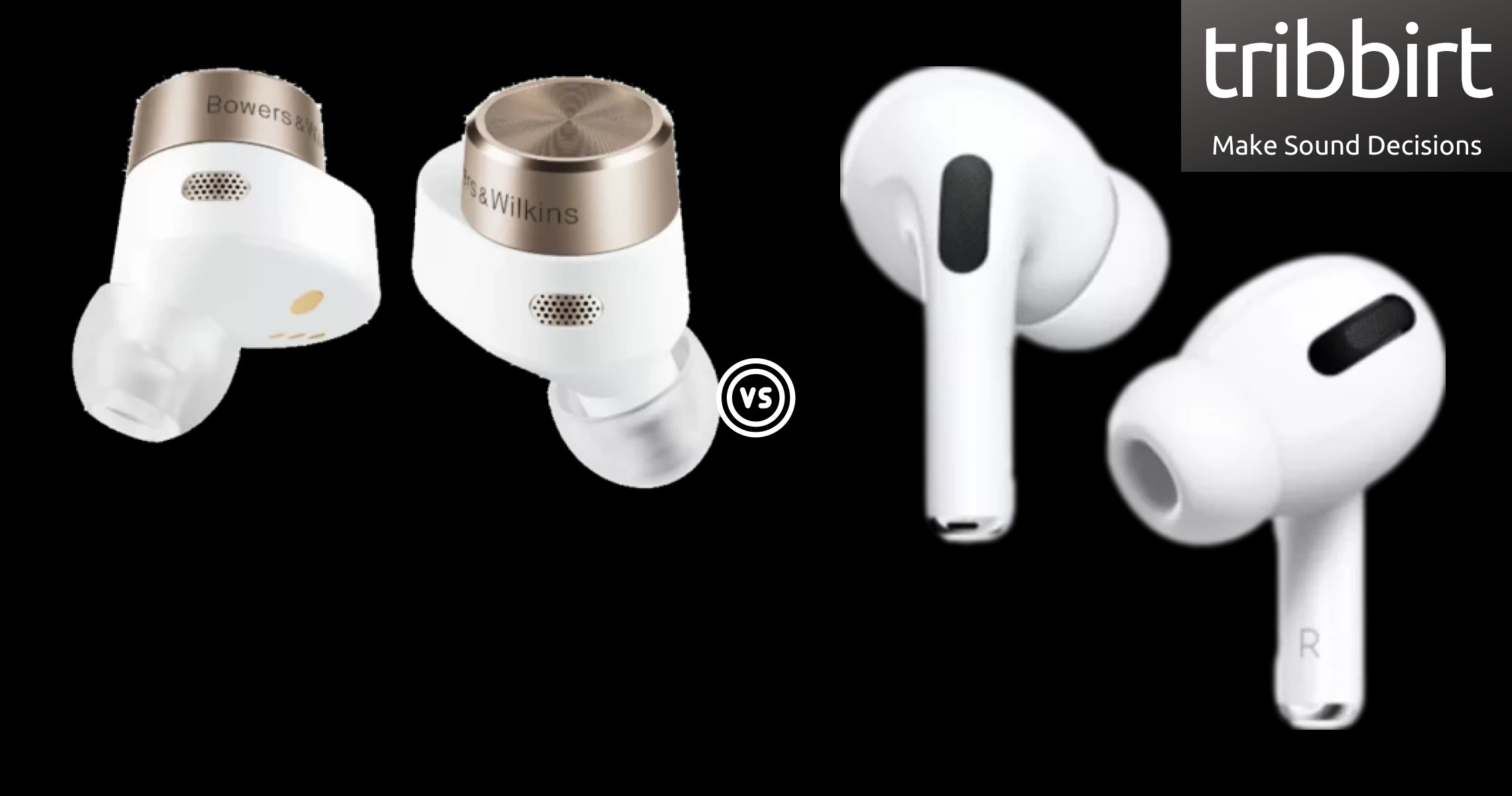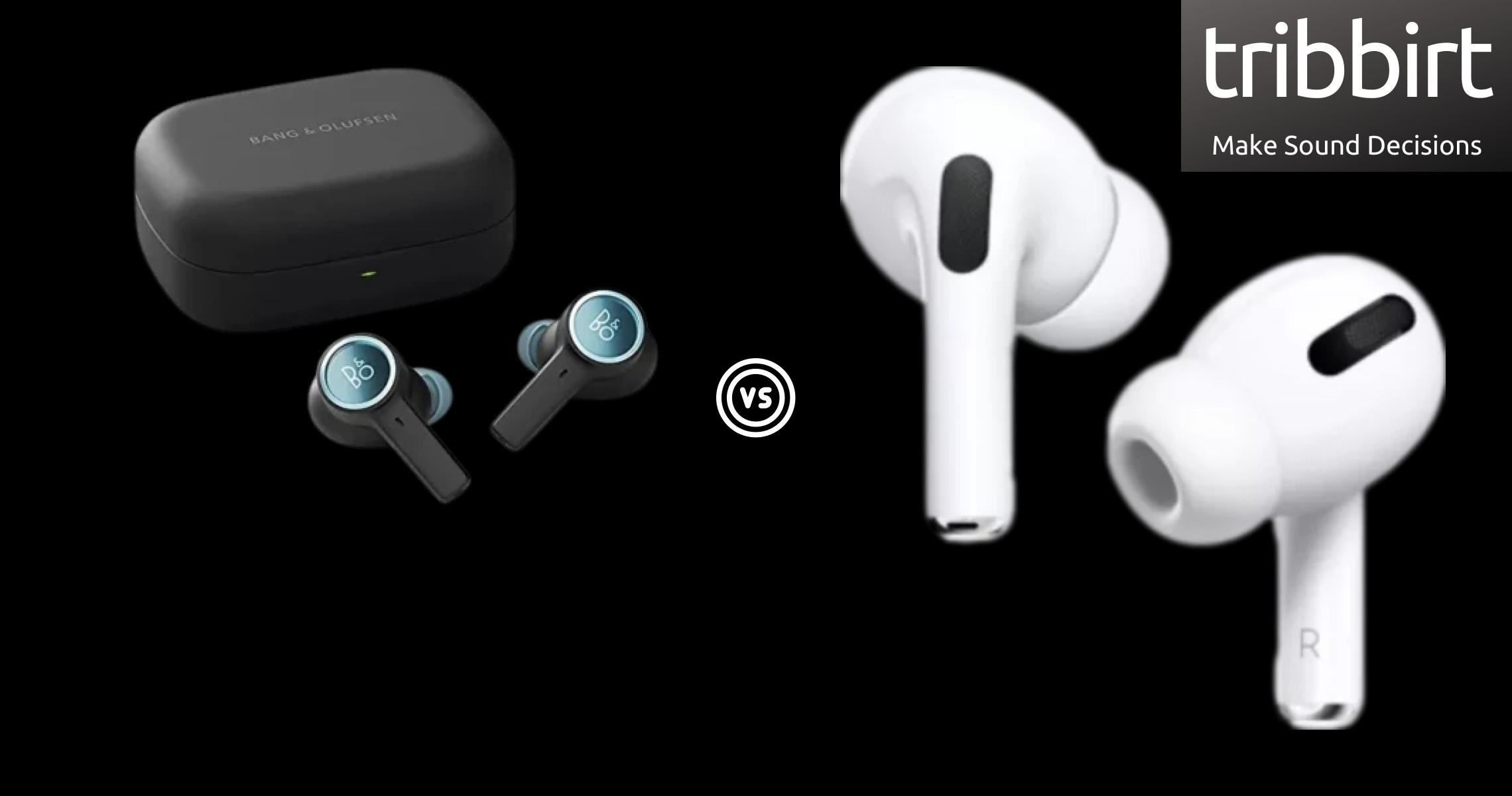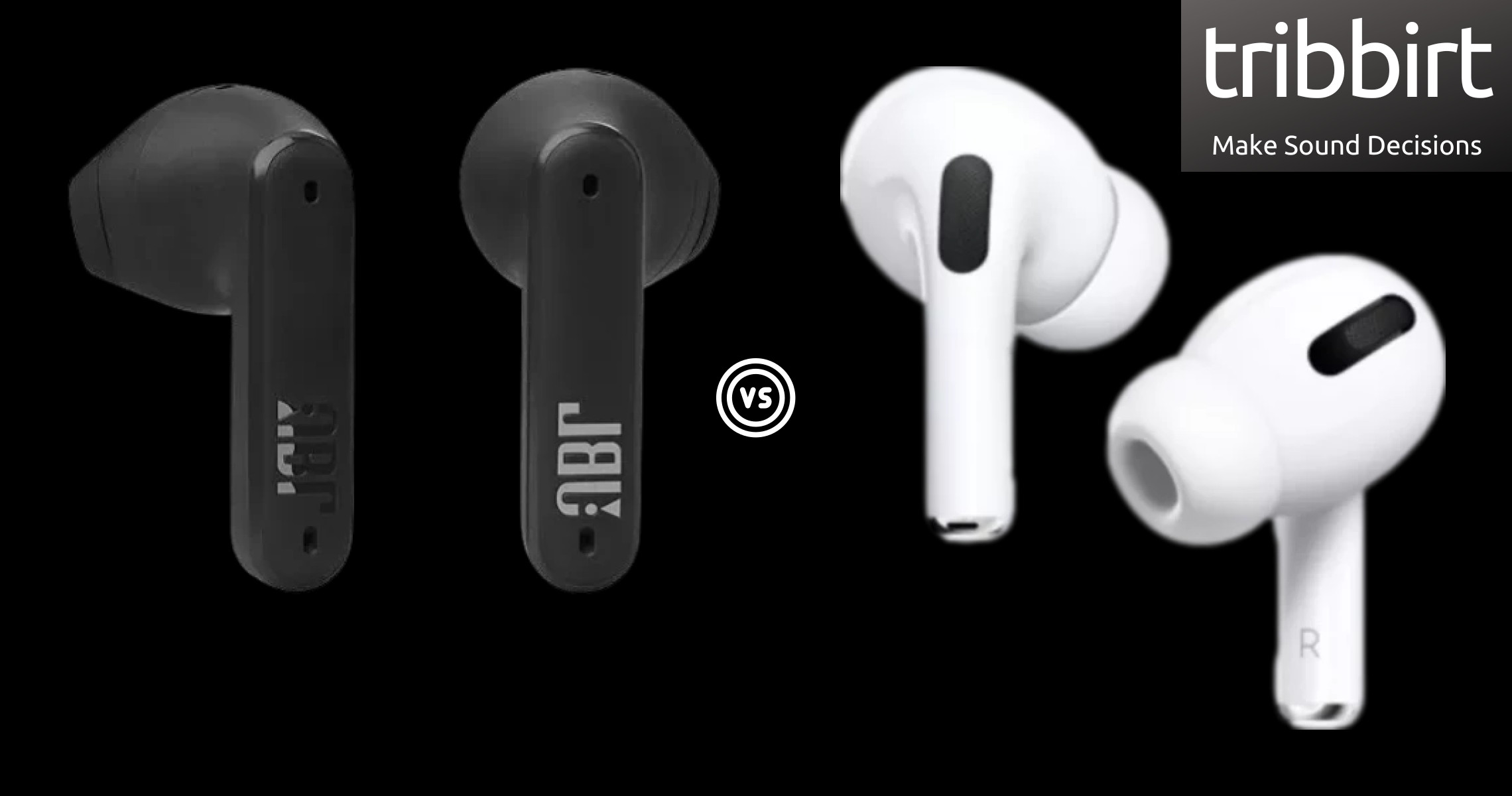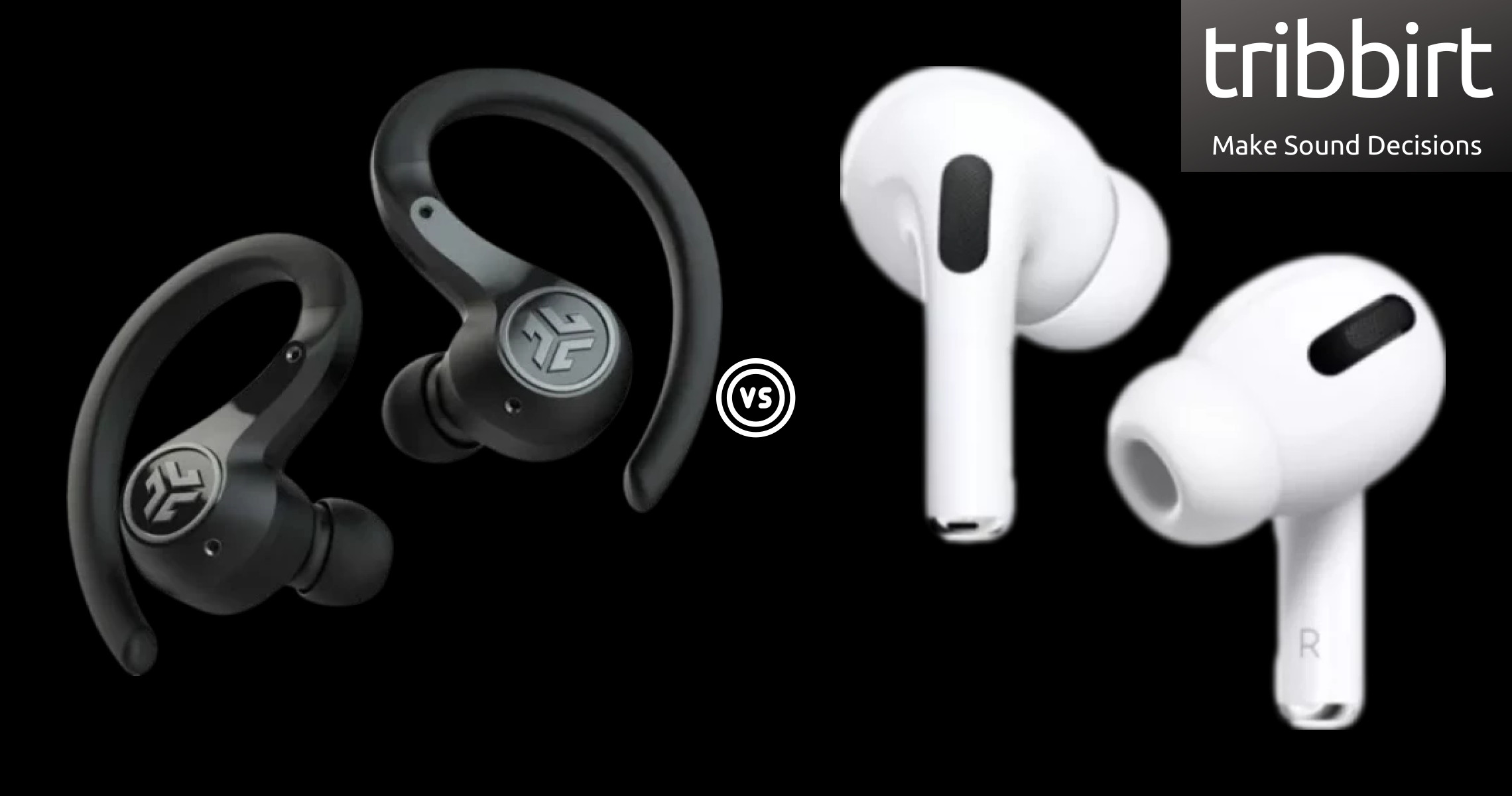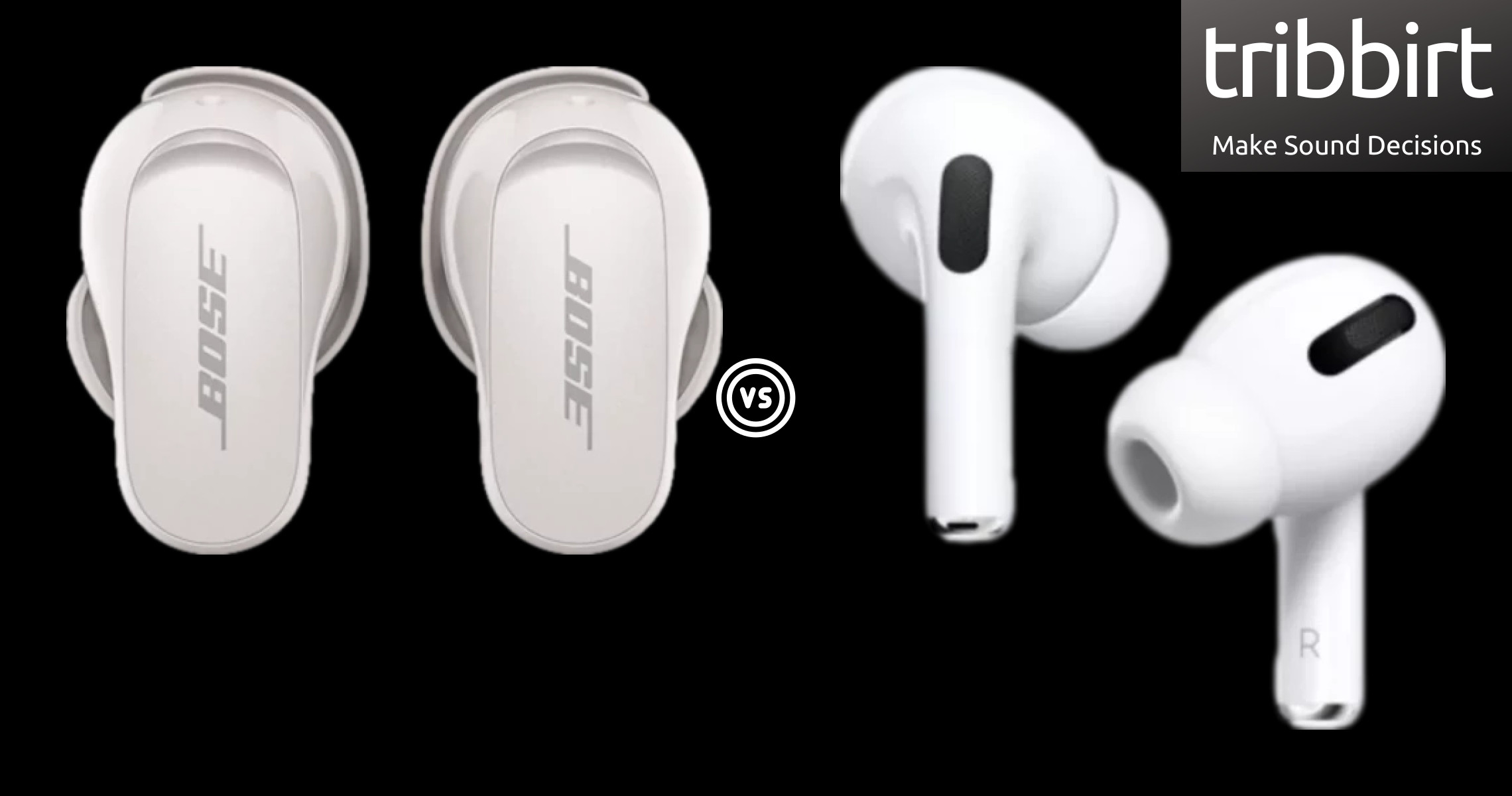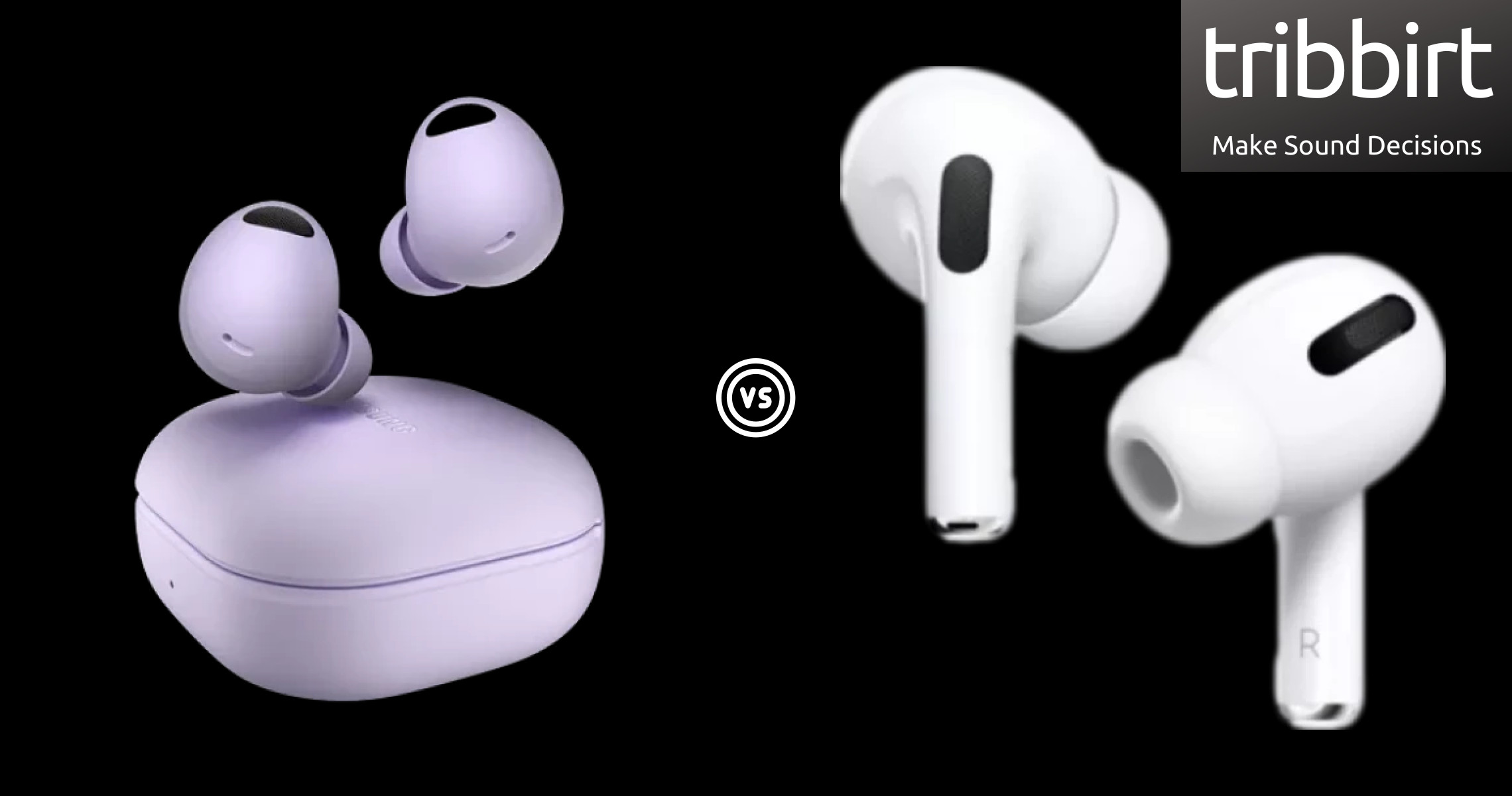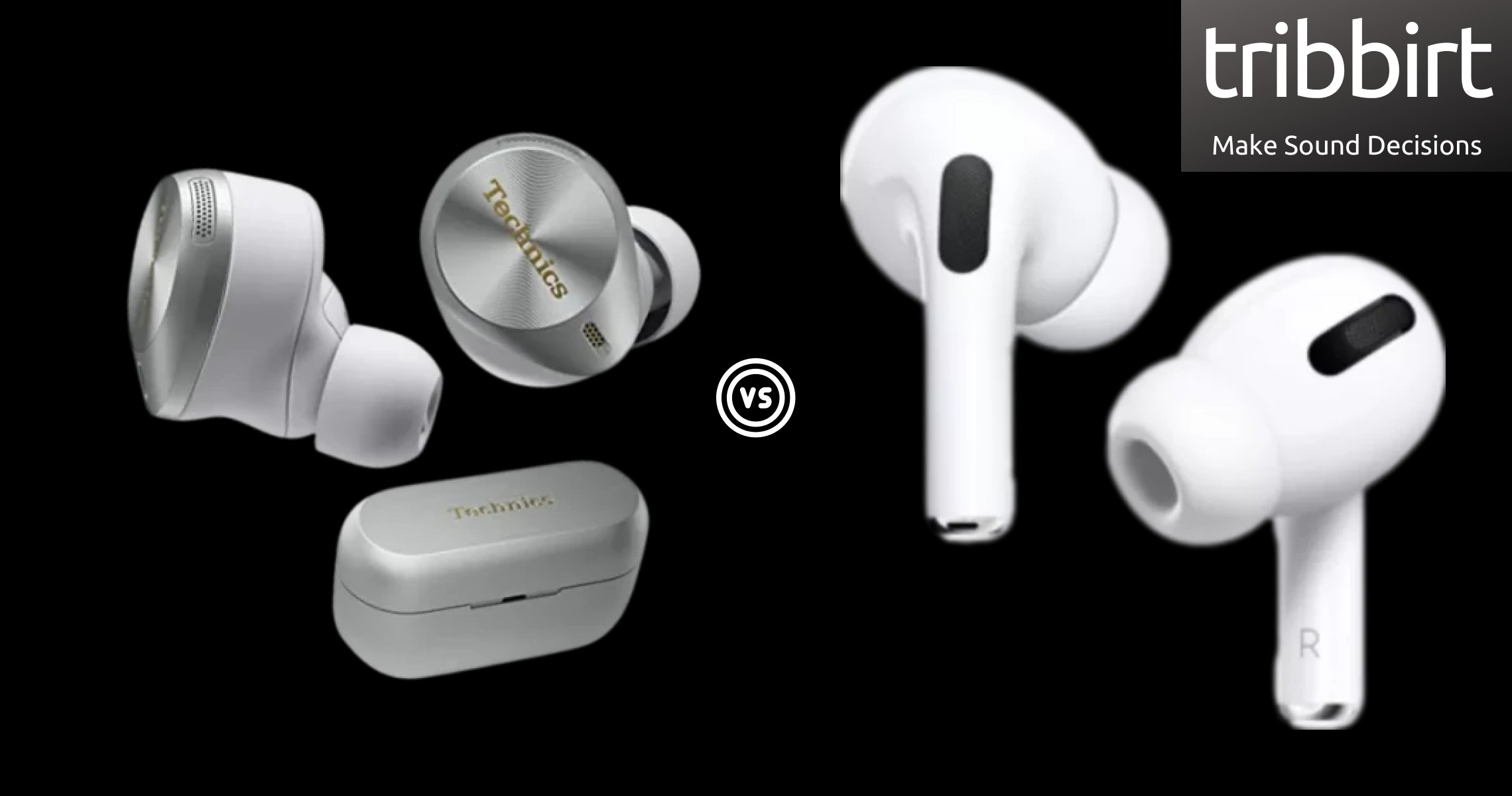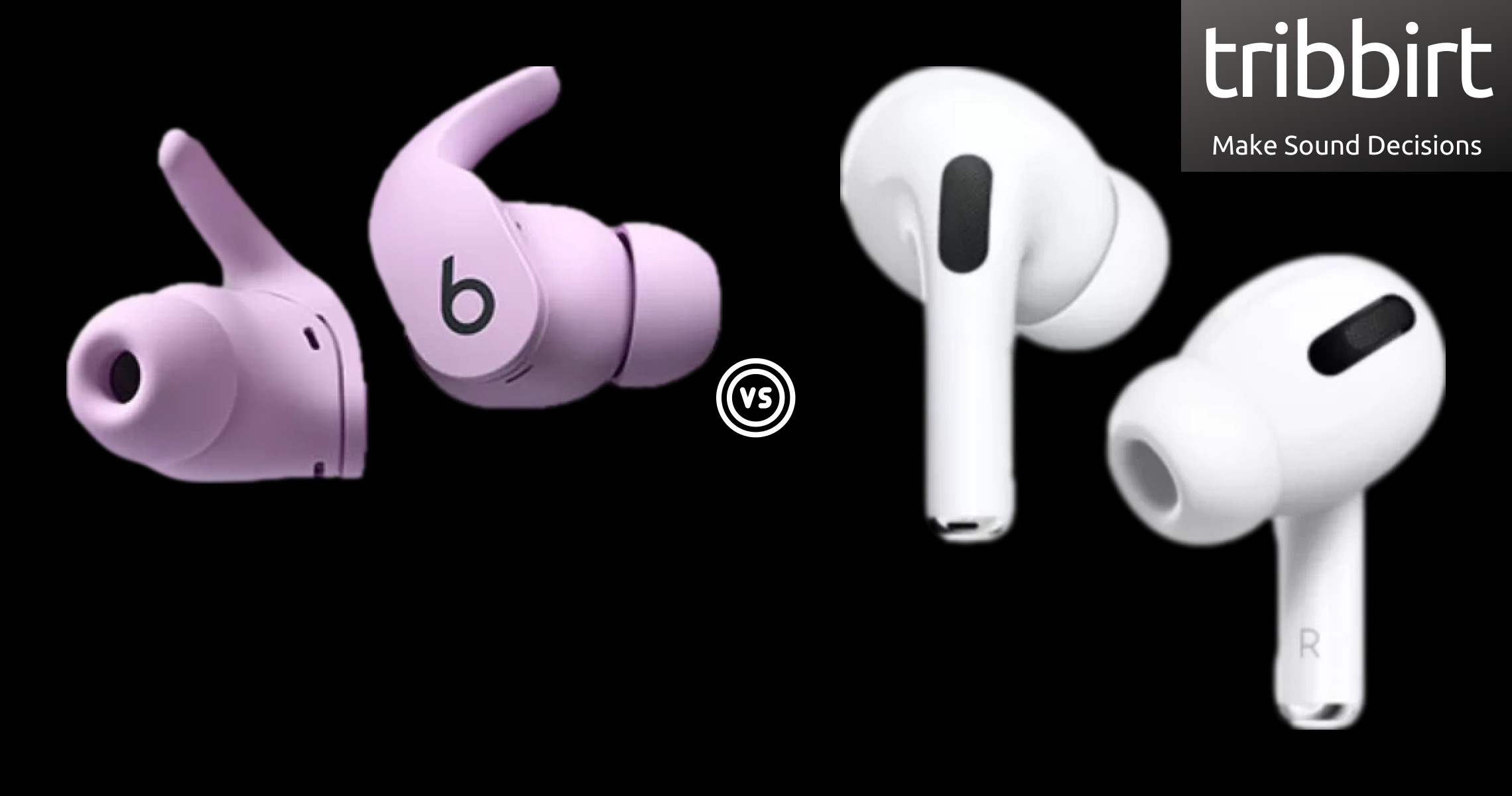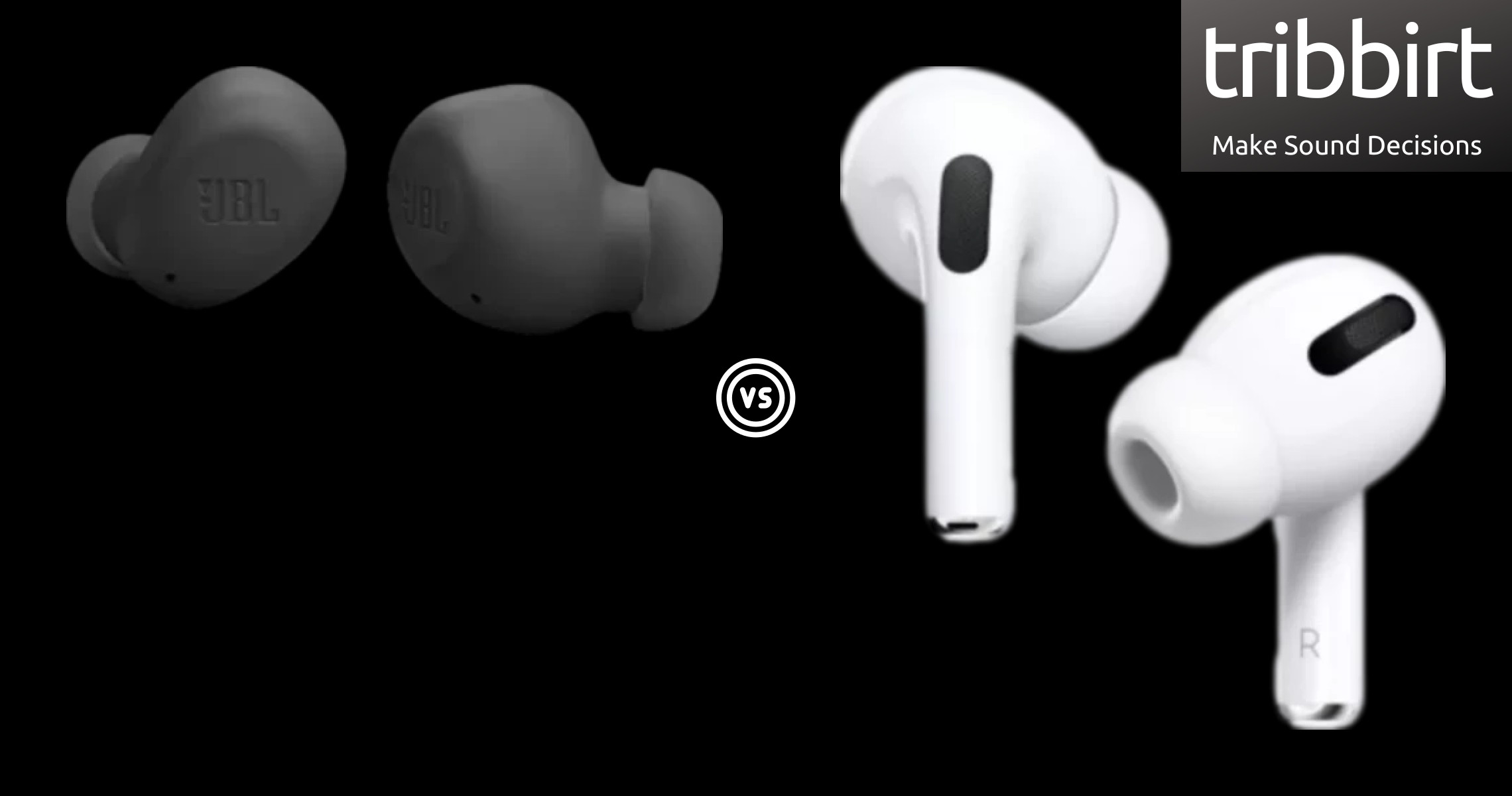Ingress protection ratings refer to the rating of protection given by an enclosure, against dust and water. In the format of IPXX, 'X' represents a number The first value refers to protection against solids such as dust, while the second refers to protection against liquids (sweat).
Having a value of IPX4, the Apple AirPods Pro (2nd Gen)'s rating for solids indicates that no data available to specify a protection rating, and of liquids that they can withstand low pressure spray similar to that of a shower head when tilted at 180° for 10 minutes. In comparison to the Apple AirPods Pro (2nd Gen), Samsung Galaxy Buds Pro have a rating of IPX7 meaning that
we are not yet certain of their rating with solids (dust)
and that of liquids is that,
Apple AirPods Pro (2nd Gen) has a lower liquid rating than Samsung Galaxy Buds Pro
Apple AirPods Pro (2nd Gen) have a weight of 10.6g . We take in account a lower weight best for the reason that lighter devices are more comfortable to move with.
The Samsung Galaxy Buds Pro, at 12.6g
are heavier than the Apple AirPods Pro (2nd Gen) with a difference of 2g
True wireless devices have no wires connecting any part of the device together, Apple AirPods Pro (2nd Gen) are true wireless for this matter since they have no cables. This is an important distinction since wireless earbuds have cables linking the 2 earbuds .
Samsung Galaxy Buds Pro also is true wireless since it has no cables linking the pair of earbuds together. Apple AirPods Pro (2nd Gen) are resistant to sweat
Samsung Galaxy Buds Pro's resistance to sweat makes both devices ideal for use while doing sports such as long-distance running, marathons, cardio sweat workouts , etc
Apple AirPods Pro (2nd Gen) have stereo speakers, devices with stereo speakers deliver sound from separate channels on both left and right sides, this creates a richer sound and a better listening experience.
The Samsung Galaxy Buds Pro also have stereo speakers
Active noise cancellation makes use of advanced kind of tech to actively cancel noise. How it works, it detects and analyzes the sound pattern outside and inside the earbud and after generates a mirror signal to cancel it out. Simply put, it's like taking +1 (noise) then producing -1 (inverted noise) to make 0 therefore "diluting" the noise.
The Apple AirPods Pro (2nd Gen) have Active Noise Cancellation enabling you to listen at lower volume levels, good for your ears since you don't need to crank up the earbuds volume to outcompete background sounds. Samsung Galaxy Buds Pro too have ANC making both earbuds ideal for flights and rush hour travels. The Apple AirPods Pro (2nd Gen) and Samsung Galaxy Buds Pro work with different noise cancellation types, pick the mode that suits your commute or that enhances your chill time.
The Apple AirPods Pro (2nd Gen) sit well in place, this creates an acoustic seal that reduces background sounds and also prevents the device sound from leaking out .
Both Samsung Galaxy Buds Pro, and Apple AirPods Pro (2nd Gen) have passive noise reduction this means that both reduce ambient noise instead of actively using ANC to cancel it out. Apple AirPods Pro (2nd Gen) have a unit size of 11mm in diameter, the bigger the unit the more powerful, therefor producing better bass. A driver unit is the component that produces sound in the device, the unit size corellates with the loudness of the earbuds.
Samsung Galaxy Buds Pro driver unit is 11mm in diameter,
making both Samsung Galaxy Buds Pro, and Apple AirPods Pro (2nd Gen) similar in how loud their sound gets
, many people have a misconception that driver units of a bigger size automatically produce better sound quality.
However, large drivers usually have difficulty producing high frequencies so yeah, larger drivers are capable of generating louder sound, but this does not mean that they produce better quality sound. The Apple AirPods Pro (2nd Gen)'s lowest frequency is at 20Hz, low-frequency response measures if and how well an audio device generates low frequencies that can be heard, and if it alters the signal on its way through.
Samsung Galaxy Buds Pro's lowest frequency is at 20Hz, this implies that
both devices can produce equal bass
Apple AirPods Pro (2nd Gen)'s highest frequency is at 20,000Hz, high-frequency response shows how well an audio component makes high human frequencies and if it changes to the signal on its way through. Samsung Galaxy Buds Pro's highest frequency is at 20,000Hz, this implies that
both devices can generate equal treble
The Apple AirPods Pro (2nd Gen)'s battery life is 6 hours, these last longer than 5 hours of listening which is considered average for a single charge. A device's battery life is usually given by the manufacturer, and with longer battery life, you get to use it for longer and have to charge the device less often.
Samsung Galaxy Buds Pro's battery life is
more than that of Apple AirPods Pro (2nd Gen) by 2 hours
. Each time you recharge your earbuds, they get a little less playing time. The effect is barely noticeable at first, but over a few years, your wireless earbuds will have shorter listening time. This is given by the vendor, and Apple AirPods Pro (2nd Gen)'s case is said to have a full charge of 24 hours.
A charging case with more battery hours enables you to recharge your earbuds on the go several times before recharging the case itself. Samsung Galaxy Buds Pro's charging case has a battery life of 20 hours,
less than that of Apple AirPods Pro (2nd Gen) by 4 hours
It requires 1 hours to fully charge the Apple AirPods Pro (2nd Gen)'s battery. It is recommended to charge fully the battery before using the earbuds for the first time.
Samsung Galaxy Buds Pro takes 1 hours to fully charge the battery,
equal to that of the Apple AirPods Pro (2nd Gen)
Apple AirPods Pro (2nd Gen), the device supports wireless charging. To charge the earbuds, you simply place down on a compatible charging pad. Samsung Galaxy Buds Pro also support wireless charging, always look out for the charging standard of a device.
Apple AirPods Pro (2nd Gen) have a battery level indicator, an indicator shows you when the device has a low battery. Its lights display the charging state of your device and case. Samsung Galaxy Buds Pro too have a battery level indicator, these enable you tell the charging state of your earbuds, whether fully charged, or having a low battery.
The Apple AirPods Pro (2nd Gen) have Bluetooth version of 5.3, Bluetooth is a wireless technology standard that enables data transfers between devices placed in close proximity, using short-wavelength, ultra-high frequency radio waves. Samsung Galaxy Buds Pro has a Bluetooth version of 5,
older than that of Apple AirPods Pro (2nd Gen)
. Newer versions provide faster data transfers. The Apple AirPods Pro (2nd Gen) have a 10meters distance to connect via Bluetooth.
Samsung Galaxy Buds Pro have a maximum range of 10meters,
equal to that of the Apple AirPods Pro (2nd Gen)
Apple AirPods Pro (2nd Gen) support AAC, a codec that is used for Bluetooth audio. It supports 24-bit audio at 250kbps. Because it uses psychoacoustic modeling, it can provide better results than other codecs at a similar bit rate.
Since its the highest quality codec that any Bluetooth-supporting Apple product supports, the Apple AirPods Pro (2nd Gen) will work fine with your MacBook. If you intend on using these with Android , ensure that they also support aptX HD, LDAC, or LHDC as well. The Samsung Galaxy Buds Pro support AAC as well.
Designed to be the successor of the MP3 format, AAC generally achieves higher sound quality than MP3 encoders at the same bit rate. The Apple AirPods Pro (2nd Gen) have 6 microphones. The Samsung Galaxy Buds Pro microphones are 6,
equal to that of the Apple AirPods Pro (2nd Gen)
. More microphones record better sound quality and help the device to filter out background sounds.
The Apple AirPods Pro (2nd Gen) have a noise-canceling type of microphone, these microphones are made to filter out background sounds from the desired sound. The Samsung Galaxy Buds Pro too use a noise-canceling type of microphone. This is useful in noisy environments.
The Apple AirPods Pro (2nd Gen) support ambient sound mode, which uses microphones to channel ambient noises so that they can still be heard even when wearing the earbuds
The Samsung Galaxy Buds Pro support ambient sound mode as well, helpful when you want to listen to music while being aware of what’s happening around you, say you’re having a run but still want to hear traffic. Apple AirPods Pro (2nd Gen) support in/on-ear detection, the sensors in the device can detect when they are removed from your ears .
The Samsung Galaxy Buds Pro too support in/on-ear detection, automatically pauses your music, or audiobook when you remove earbuds from your ears saving battery life. When misplaced in a room, or can't easily find them in your bag, Apple AirPods Pro (2nd Gen) have a find earbuds feature.
The Samsung Galaxy Buds Pro also have the find earbuds feature. Use the device app on your smartphone to play an alarm from your earbuds to help you locate them. The Apple AirPods Pro (2nd Gen) support fast charging.
Most often, technologies like MediaTek’s Pump Express, are used to lower the amount of time it takes to charge the earbuds. Also the Samsung Galaxy Buds Pro support fast charging. This kind is similar to regular charging, just that the battery fills up much faster.
Say, with Quick Charge 3.0, the battery is charged to 50% in just thirty minutes. The Apple AirPods Pro (2nd Gen) support multipoint of 2 connections, this feature allows you to link to more than one Bluetooth device and switch between them. Say, you can switch calls from one device to another without manually disconnect and reconnect.
The Samsung Galaxy Buds Pro support multipoint count of 2,
equal to that of the Apple AirPods Pro (2nd Gen)
. Bluetooth multipoint is useful because you can be on one call and not miss notifications coming from another device. Apple AirPods Pro (2nd Gen) have a mute function, they support the feature to mute/unmute a conversation directly from the earbuds. The Samsung Galaxy Buds Pro also have this function.
The mute function means that you are in position turn off the earbuds' microphone, but still hear the other party's voice. The Apple AirPods Pro (2nd Gen), so you can access the volume control, pause, play, mute, etc whichever functions are supported on the device. Samsung Galaxy Buds Pro also have a control panel on them.
Apple AirPods Pro (2nd Gen) have voice prompts. Automatically receive information through audio messages, say if there is a problem with the connection. Samsung Galaxy Buds Pro also support voice prompts .i.e the device will notify you when the battery is running low, and you need to recharge them.
The Apple AirPods Pro (2nd Gen) come with a special pouch. Carrying earphones openly, or placing them in your bag without a cover may easily damage them. Samsung Galaxy Buds Pro too have a travel bag included, which is useful for safe transportation.

_1671835316.webp)


